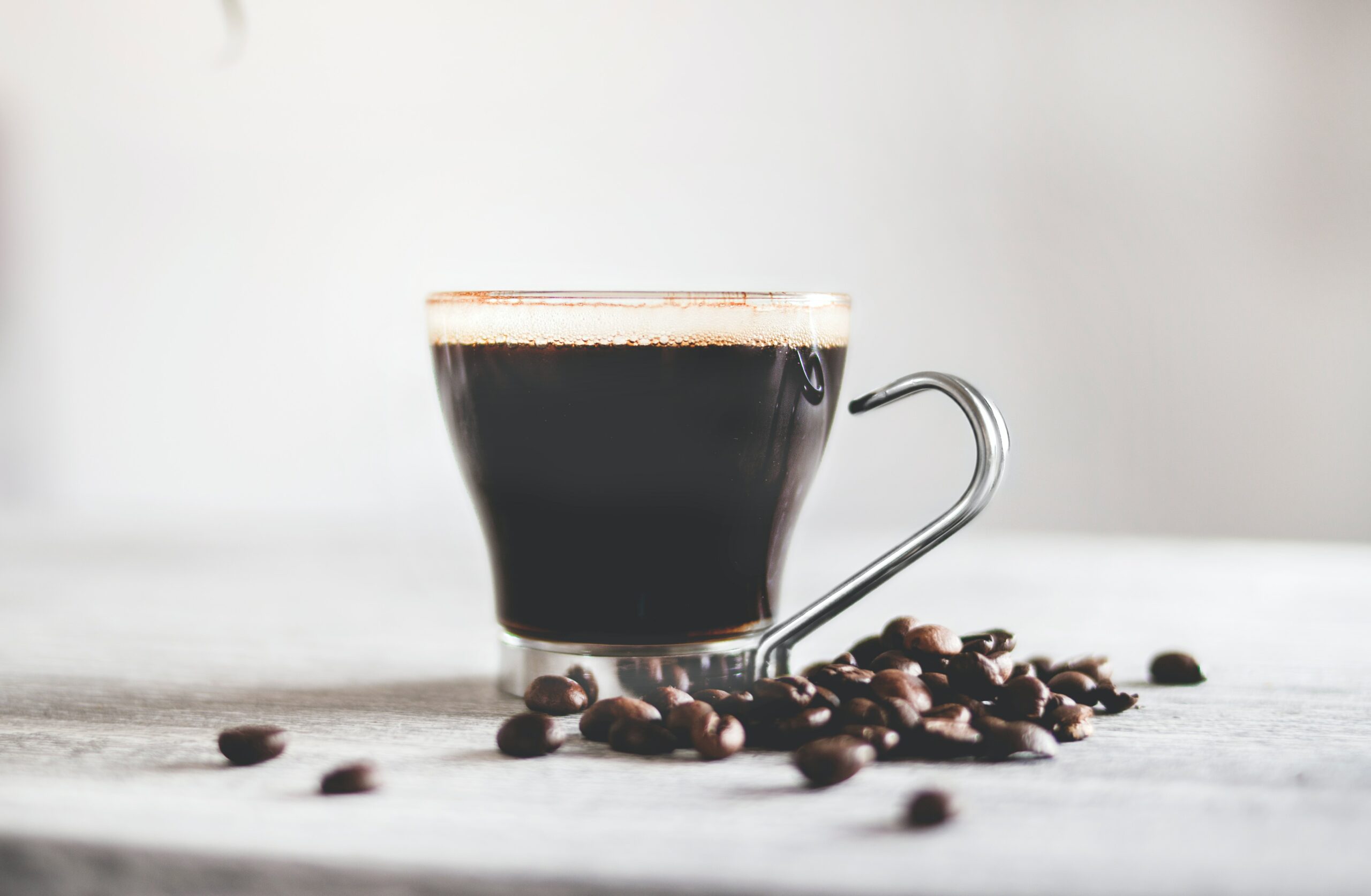Whether it’s a talented barista, someone you know or even yourself, we all know someone who can make a good coffee. Whether yours is an espresso, an Americano or a flat white, there are certain factors which can influence the overall quality and taste of coffee.
The way coffee fruit is processed can impact the taste and quality: washed or wet processing (where the pulp and skin is completely removed before being soaked, washed and fermented) creates a bright, zingy taste, while honey (or pulp-natural) processing leaves a layer of pulp, adding a touch of sweetness.
A third method, known as natural or dry processing is where the coffee fruit is left to dry out in the sun so that it soaks up flavours from the pulp and skin, however, if this is not done properly it can produce a bitter, unpleasantly earthy taste.
Climate
Other factors such as geography can also influence the taste of coffee: for example some of the best single origin Colombian coffee you can get originates from the department of Huila, which has high elevation levels, moderate temperatures and nitrogen-rich volcanic soil ideal for growing the perfect beans.
Packaging
Jars, tins and traditional coffee cans leave air trapped inside, causing the contents to become stale, eventually affecting their flavour. Airtight bags are a better alternative, so long as they have a one-way seal to keep out moisture. It’s also a good idea to pay attention to the “roasted on” date, rather than the “use-by” label.
As for whether you choose instant, ground or whole bean, while it’s possible to find fairly good quality instant coffee, there are some compounds that can be lost during the process of making it. In general, the less processed the coffee is, the better it will taste.
Quality
The way you can usually tell good from poor quality coffee is by smell. Coffee should not smell sour or rancid. Similarly, it should not taste too bitter or burnt (this tends to be a characteristic of over-processed dark roasts). If you purchase coffee beans that smell raw, it’s possible they have not been roasted for long enough. However, don’t confuse under-roasted coffee with white beans, as these are different.
Tasting
Coffee tends to come in one of three roast profiles. As a general rule, light and medium roasts are the best ones to try in terms of complexity, as dark, bitter roasts tend to obscure delicate flavour profiles. Tasting coffee takes practice, but eventually, your palette can develop and you may begin to identify subtle flavours.
In addition to flavour, other characteristics that affect the taste include body, which relates to whether the brew has a delicate or richer taste, and acidity, which relates to how tangy the coffee tastes (as opposed to low acidity coffees, which tend to be smoother-tasting).
Good quality coffee will allow you to pick out certain flavours, in much the same way as you would at a wine tasting. It’s recommended to try a new coffee without milk at first to get a clear impression of the tasting notes. Rather than sticking with the usual, tasting new coffees can also be a fun way to discover new flavours you can enjoy.




